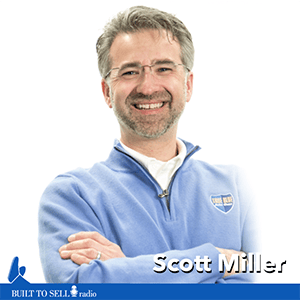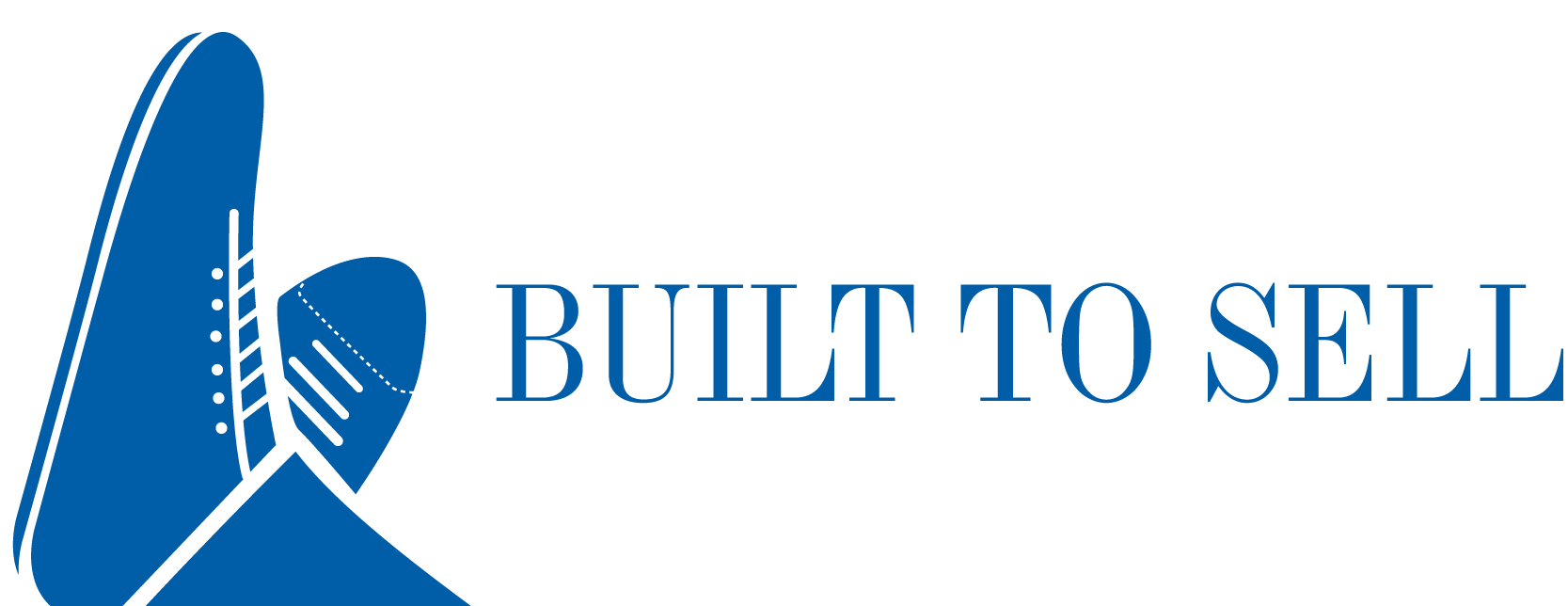About this episode
Scott Miller knew that telling his employees he wanted to sell his $3M company, Miller Restoration, could get messy. But he wasn’t prepared for what actually happened.
Scott Miller grew Miller Restoration to a $3M business specializing in cleaning up the mess caused by floods and fires. When a new business idea caught his attention, Miller decided to sell his business. After two false starts, he ended up successfully selling for 3.5 times pre-tax profit.
Miller knew telling his employees would be hard, but nothing could prepare him for what happened next.
In this episode, you’ll learn:
- Pros/Cons to having a business named after you
- How false starts with potential acquirers can lead to a bigger pay day
- How a capital lease can impact the value of your company
- The best way (and worst way) to tell employees you’re selling the company
Miller navigated offers from potential acquirers more easily because he knew what his target sale price was. Module 12 of The Value Builder System™ walks you through The Envelope Test, which is designed to help you determine your dream check. Get started for free right now by completing Module 1.

About Our Guest
Scott Miller is the owner of two businesses in the western suburbs of Philadelphia: True Blue Auto Glass, a mobile auto glass repair and replacement company, and The Growth League, a business coaching practice that specializes in the growth and support of franchisees and other small businesses. Miller Restoration, a company started by Miller in 2005, was recently sold to an organization in the property damage industry with a growth-through-acquisition model. Prior to starting his property damage restoration business, Miller ran a successful, franchised printing business for just over ten years. He has also held positions in marketing, sales, and management in the advertising and commercial food sales industries.


